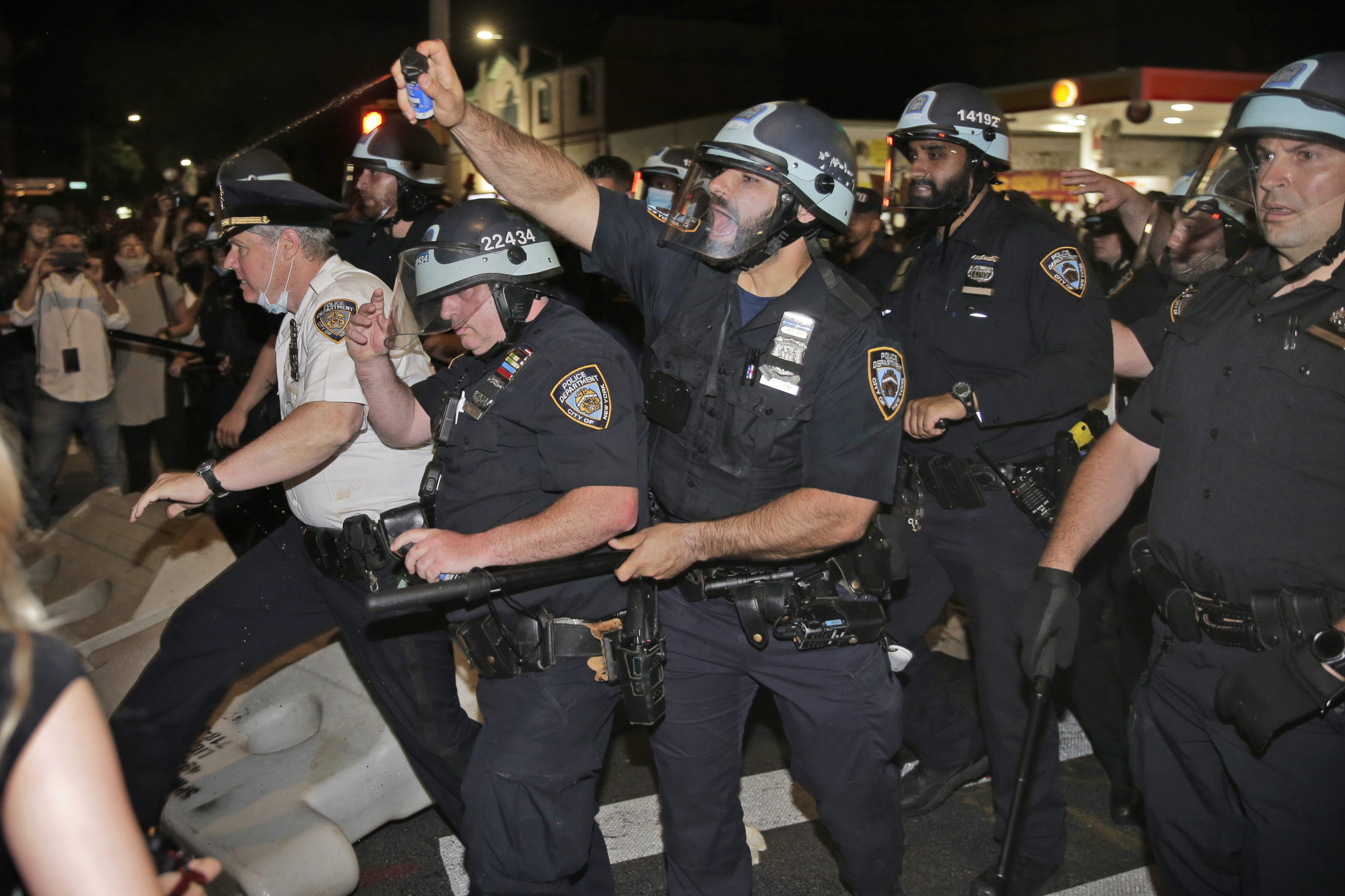Monitor: NYPD officers underreporting use of stop-and-frisk

A court-appointed monitor said Wednesday there is “substantial evidence” New York City police officers have underreported the number of times they’ve stopped and frisked people, likely skewing statistics tracking use of a tactic long scrutinized over racial bias.
“There is substantial evidence suggesting that many NYPD officers did not submit reports documenting all of their stops of civilians in years 2016 to 2019,” monitor Peter Zimroth said in the latest in a series of oversight reports filed in federal court.
“These undocumented stops may undermine the reliability of statistical analyses to identify racially disparate stop report patterns and practices in NYC,” Zimroth said.

Brooklyn Boro
View MoreNew York City’s most populous borough, Brooklyn, is home to nearly 2.6 million residents. If Brooklyn were an independent city it would be the fourth largest city in the United States. While Brooklyn has become the epitome of ‘cool and hip’ in recent years, for those that were born here, raised families here and improved communities over the years, Brooklyn has never been ‘uncool’.